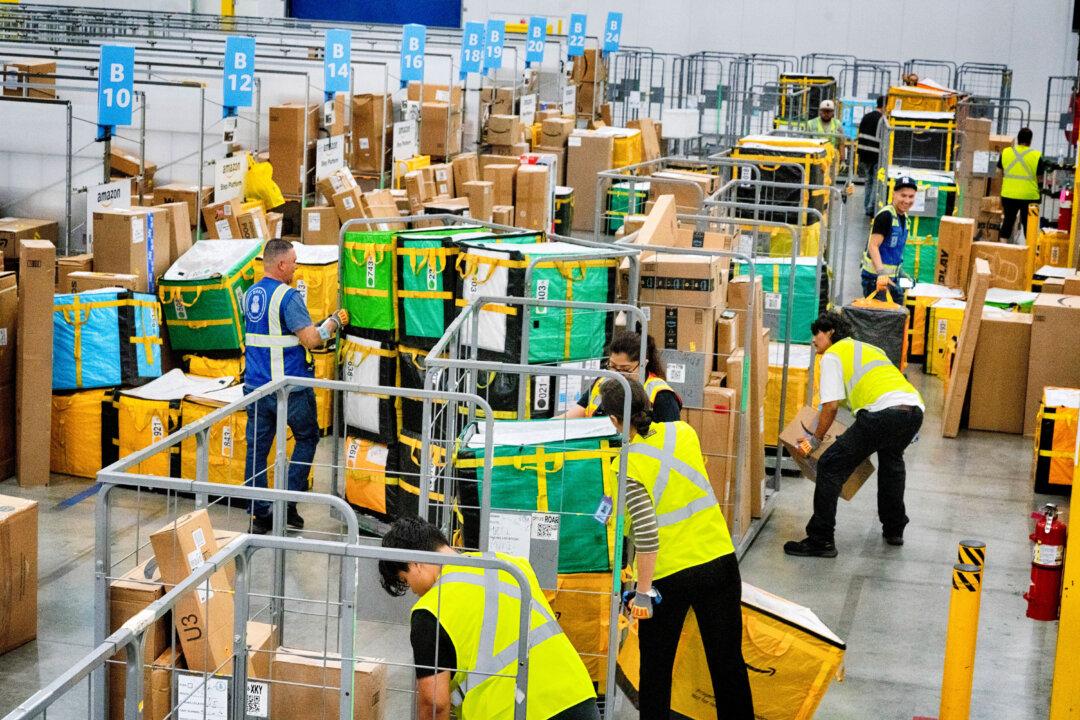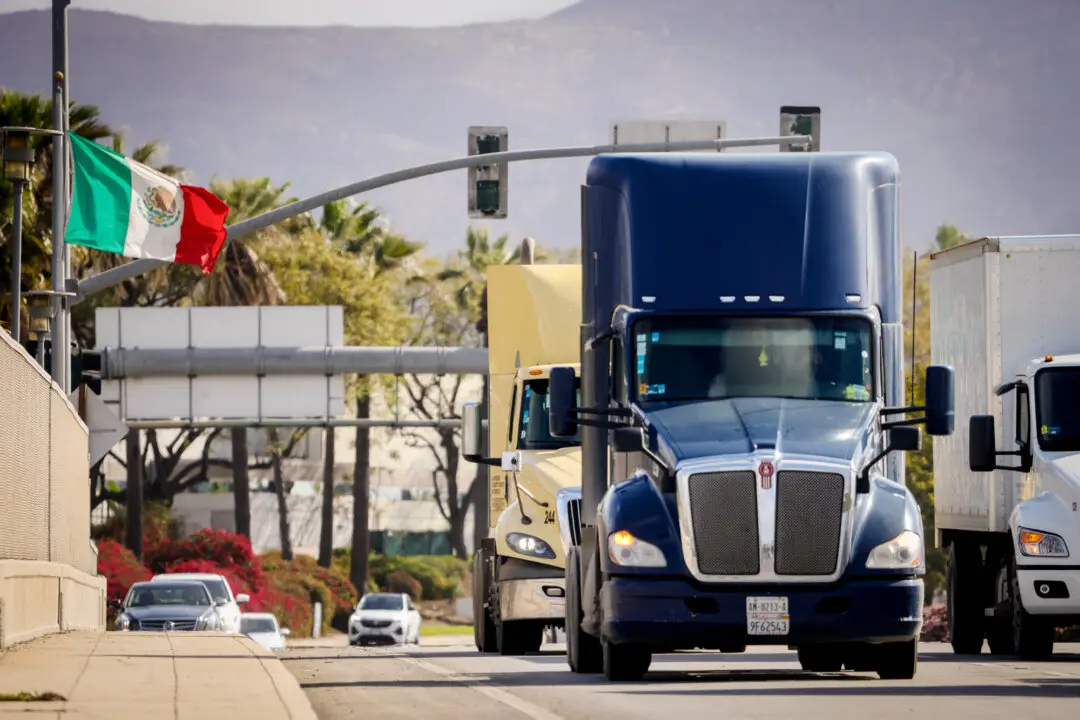Amazon’s unionized workers at the company’s two facilities in New York City are threatening to strike, which could cause severe disruption to deliveries during the busy holiday season.
Employees from the JFK8 and DBK4 facilities affiliated with the International Brotherhood of Teamsters labor union “voted overwhelmingly to authorize strikes following Amazon’s illegal refusal to recognize their union and negotiate a contract addressing the company’s low wages and dangerous working conditions,” said a Dec. 14 statement from the group.





